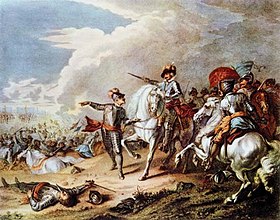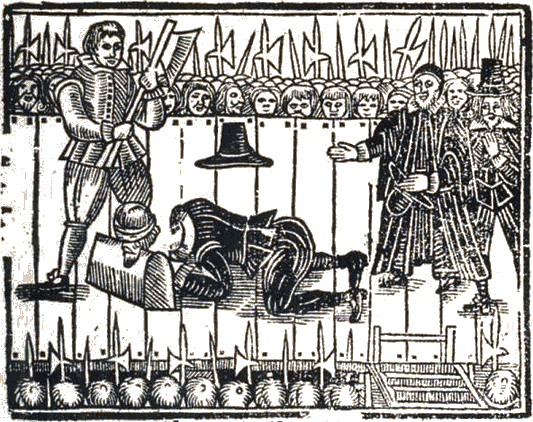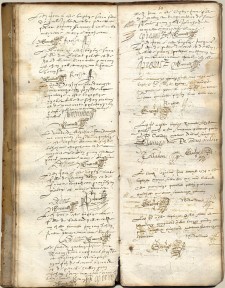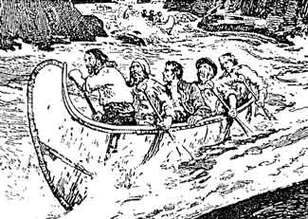
Grand Remonstrance
English Civil War
Causes
The most significant cause was Charles not ruling according to law. This was most significant because this cause was the foundation for most if not all of the other causes. If Charles did rule according to law then parliament would have gave him money, they would not have had to bring up the Grand Remonstrance and then he would not have had to invade the House of Commons. I believe that if Charles had ruled according to law the civil war would not have happened while he ruled.
Components

Battle of Naseby
most significant component was the battle of Naseby. This was the most significant because that is when most of Charles’ army was killed. When most of Charles’ army was killed it left him vulnerable. The second most significant component was the New Model Army. This is second most significant because they were the ones that killed most of Charles’ army in the battle of Naseby. The third most significant component was Charles surrendering. This was third most significant because this is when the English civil war ended.

Execution of Charles
Consequences
The most significant consequence was Parliament, Army, Cromwell establish a new government. This was most significant because this was when England pretty much hit rock bottom when Cromwell went crazy on power. While Cromwell was ruling he went power hunger and became Lord Protector which gave him more power. Cromwell also tried to convert everyone to his religion puritan by creating the Blue Laws.
Cromwell and the Republic

Cromwell Dissolving Parliament
Events
The most significant event was when the Blue Laws were imposed. This was most significant because this restricted everyone’s freedom. The Blue Laws restricted people going out on Sundays and forced them to stay home and read the bible. The second most significant event was General Monck recalls parliament and invites Charles II to be King. This is second most significant because this was the beginning to a happy England.
Charles II and Restoration of the Monarchy
Events

Charles II Returning to England
The most significant event was Parliament establishing Charles II as a constitutional monarch. This was most significant because Charles II ruled successfully. He was successful because he eliminated the Blue Laws and when he did dissolve parliament he allied with their enemy France. All though he did not do much and just followed parliaments lead when he did dissolve parliament he was successful.
James II and the Glorious Revolution
Events

William and Mary Becoming King and Queen of England
The most significant event was James II abdicating the throne. This was the most significant because James II failed and William and Mary had to rescue England. James II was a big fail because when William and Mary were invading he did not stick around and fight he ran away. He even tried stopping them but did not succeed
























